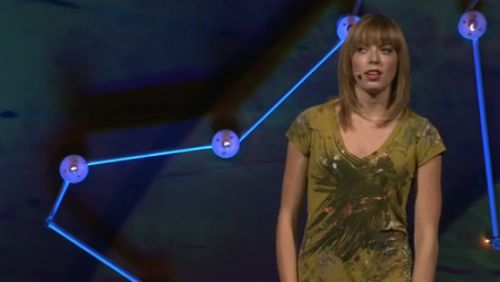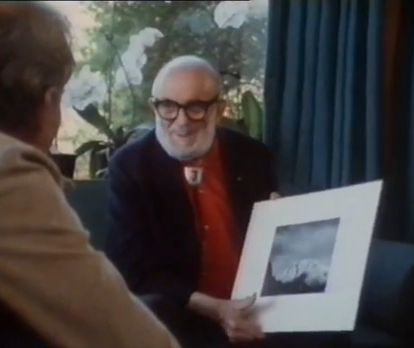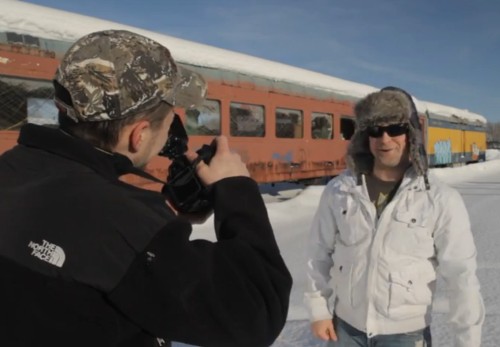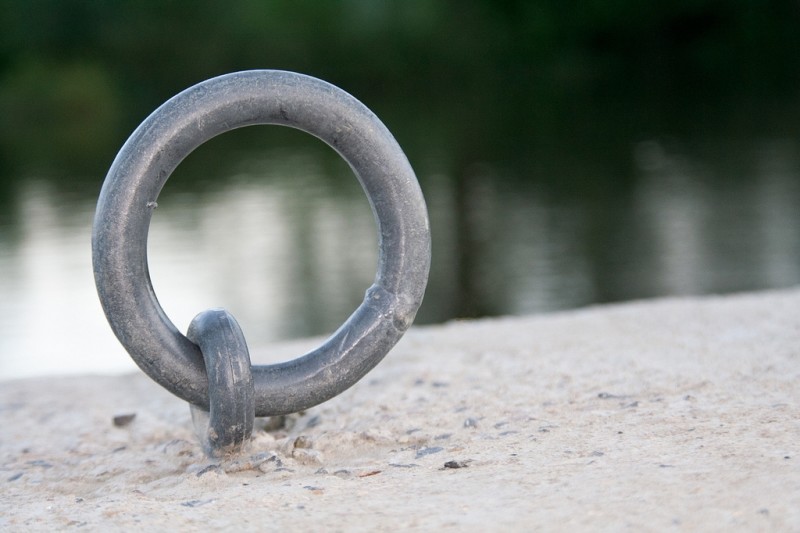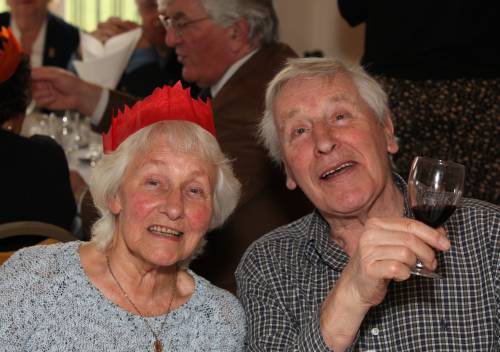
• Charity Work •
Doing a bit of charity work can really uplift your photographic spirits while helping others. It is a great way to make contact with new people, get interested in new things and Reignite passion in your photography.
Discover your passion again…
Sometimes it can all go wrong! You just cannot get it right and you’re not bursting to take the next shot. When things look down don’t give up. This is the time to take new steps to invigorate your approach. Photography with a passion is one of the most exciting and interesting pursuits. When the passion fades it is not because photography is not engaging. There’s enough in photography to keep you captivated for a lifetime. More likely your vision has become distracted, stale or you’ve lost the creative spark. These are not long term problems. Lets get you fired up again! Here are six tips to reignite passion in your photography.
Reignite passion :: Take a photogs break
We are not talking holidays here. Although that would be nice, actually it would not solve the problem. Holidays make you want to take the camera out. When you are down in the dumps about your photography, more photography can be off-putting.
Take a real break from photography. Have a month off. Tell yourself to put all your equipment away and don’t be tempted to touch it. A rested mind is a freshened mind. Just forget your photography, your composition, your equipment. Rest.
Reignite passion :: Do something different
One of the most creativity stimulating activities is to learn something new. It helps you to cross fertilise your ideas and introduce new perspectives to your thinking. Adding a new dimension to your outlook can only be a good thing for your photography. So read something you would not normally read. See something you would normally not be interested in. Do something your partner wants to do without taking along a camera. If you had an interest in the past that you have neglected, spend a little time getting up to date on it. The wealth of our experience is the greatest gift we can give our creativity. Try this little trick. Pick out ten techniques from another interest. Think about ways to incorporate those skills into your photography. This new synergy will be sure to reignite passion in your photographic work later on.
Enjoy a few weeks of photographic respite, and immersion in an alternative area of insight. Bath in its luxury. Now you are ready to reignite your passion…
Personal contact will help you reignite passion
I have always found that meeting new people and having new discussions helps me get really fired up about photography. Every year I do two or three charity events. It is a really fun and cleansing experience. I come away from each of these events feeling refreshed and tingly – as if I had stood under a hillside waterfall. The sharpness of the water making my skin sting and turn ruddy.
One of my charity activities is to take the photographs at a local event held for senior citizens. Sobering too. As they sit eating their lunch I chat at each table for about ten minutes then take photos of each of the guests. During the course of about two hours I talk briefly with over 100 people and take a quick and candid portrait of them all. Wow. What stories I have heard – of war and love, action and sadness. It has not only helped my photography to be more passionate and expressive, but it has helped me grow as a person too. I have some great pictures as well.
Find something to get you involved in something new. Charity is great, but schools, drama groups, local clubs and even sports organisations all love photographers. Get involved. You might learn something new and you will certainly find a new way to express your photography and reignite passion in your hobby. The most important thing is getting involved with the people. That will spark off new contacts, opportunities and enthusiasms.
Reignite passion through commitment to a project.
Give yourself something to develop. It could be learning how to photograph your new interest in the club or group you have got involved with. Or, equally, it could be some aspect of photography that is new to you. I spent a lot of time two years ago developing my table-top work. It re-invested my interest in photographic art, as well as complementing the product photography I started to do for my work. Funny how things come together in your life when you start exploring new angles.
If you are working up a project for yourself enjoy it, but have some goals. A project with no plan or goals soon gets forgotten. Then the point will be lost and so will your passionate commitment. Sit down at the start of the project and have a good think about what you want to achieve. Then, set a deadline for completion. The key to a good project is to make it time-bound and challenging; cover new material and have specific targets. You will reignite your passion by just having those positive goals and thoughts in mind.
Reignite passion :: Learn a new technique
We would all like to learn more about photography. The simple away is in bite sized chunks. Pushing the boundaries to learn it all at once will simply lead to failure. That will make things worse for an already down time. So, find out about a particular technique. Practice in lots of different situations and with a variety of equipment. Put it to use in your project, your charity work or in your every day shots. Before long you will be a proficient and enthusiastic user of that technique. Sometimes you can help this process along by buying a new piece of equipment. It does not need to be expensive. Make it something you have never tried before – try to extend your experience and your approach with it.
Change your work flow
I have often noticed with developing photographers that when they learn to be more effective editors their success as photographers improves. Obviously a more effective editorial process relies on good knowledge of post production, and composition too. The more important point is that being more ruthless about what is an acceptable photograph also helps you when you are looking through the viewfinder too. Your eye develops, your acceptance of what should be in the frame is more discerning and your satisfaction with your shots goes up.
If you are in the photographic doldrums studying editing will sort out your problem. But, it can be a great way to sharpen your awareness of your good points and what needs improvement. Once you have a framework to improve your whole attitude will lift and be more positive. So think about this as a way to positively sharpen your photographic wit and reignite passion and feeling in your work.
The path to success
If you want to become a good or great photographer, or if you just want to make a better job of photographing your grand children… its possible to get stuck along the way. There are a variety of ways you can get out of the down times. Being positive, resting and then trying new things will set you off in ways you never suspected you would enjoy. Give it a try. Extend yourself, push the boundaries, try something new – have fun!
Comments, additions, amendments or ideas on this article? Contact Us
or why not leave a comment at the bottom of the page…
Like this article? Don’t miss the next — sign up for tips by email.
Photokonnexion Photographic Glossary – Definitions and articles.
Composition
Projects
Seven creative blocks and how to overcome them – A great way to reignite passion!
Projects for 2013… get going on your photographyProjects for 2013… get going on your photography
Project Based Learning is Best
Are you getting enough? Personal Projects


